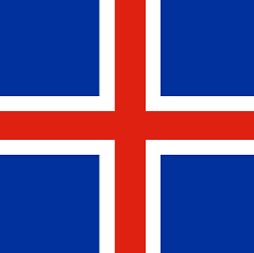Fish farm carbon footprint among lowest

THE carbon footprint of fish farming in Iceland is lower than most other forms of food production, a detail scientific study has established.
The study was requested by the Icelandic Aquaculture Federation and prepared by the Icelandic Environmental Consultancy, or Environice.
It found that in one year – 2017 – the total carbon dioxide (Co2) release was equivalent to 31,000 tonnes, broadly the same as that from conventional fishing operations, but considerably lower than general food production in the country.
The findings should help to challenge claims by environmental and sport salmon fishing groups, who constantly oppose fish farm expansion plans, that aquaculture is damaging Iceland’s climate.
The agency used an Excel based model that also enabled individual salmon farming companies to calculate their own carbon footprint – that is, the amount of greenhouse gases released during the production of each kilogram of salmon.
The federation said the findings are broadly in line with studies carried out in other countries.
By far the largest part of salmon farming’s carbon footprint in Iceland (about 93 per cent) lies in the production and transport of feed.
Only about three per cent is due to the production and transport of packaging, and about two per cent of the transport of products to distribution centres. Other operations have a much smaller footprint.
‘From this it is clear that the impact on the climate lies primarily in activities that take place outside the salmon farms themselves,’ the federation said.
It also pointed out that in order to cancel out the 31,000 tonnes of carbon dioxide, some 1,590 hectares (4,000 acres) of wetland would have to be reclaimed.

